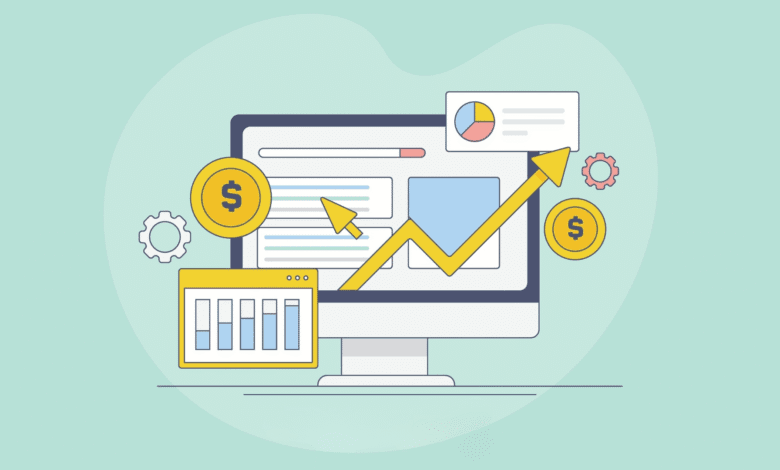Dynamic Landing Pages: Best Practices, Pitfalls & Testing Tips

▼ Summary
– Dynamic landing pages significantly boost PPC performance with real-time personalization, increasing conversion rates by up to 750% when aligned with user intent.
– They excel in intent matching, CTA optimization, and quality score improvement by delivering tailored content based on visitor behavior and campaign signals.
– Implementation challenges include technical complexity, platform requirements, and risks like Google penalties for poor execution or inconsistent tracking.
– A phased testing approach (starting with high-traffic campaigns and single dynamic elements) is recommended to validate performance improvements before scaling.
– Successful dynamic pages require strategic content planning, ample creative assets, and a balance between automation and quality oversight to maintain relevance.
Dynamic landing pages can transform PPC performance when executed strategically, but they require careful planning to avoid common pitfalls. While static landing pages remain the default choice for many marketers, the ability to personalize content in real time presents compelling advantages for campaigns that demand precision targeting.
The power of dynamic pages lies in their responsiveness. When a user’s search intent aligns perfectly with what they encounter after clicking, conversion rates can skyrocket by up to 750% compared to generic experiences. This isn’t just theory—it’s what happens when relevance meets execution. The technology adapts headlines, visuals, and calls to action based on campaign signals, creating a tailored journey without requiring dozens of separate static pages.
Three scenarios where dynamic pages excel:
- Intent matching – Serving specific content based on whether the visitor is researching (“how this works”) or ready to buy (“pricing plans”)
- CTA optimization – Presenting appropriate next steps, whether that’s a whitepaper download for early-stage researchers or a demo request for hot leads
- Quality score improvement – Better alignment between ad and landing page content can lower CPCs while increasing ad visibility
However, the approach isn’t without challenges. Implementation often requires specialized platforms, complex conditional logic, and meticulous tracking setups. Common failure points include technical glitches, inconsistent UTM parameters, and Google penalizing poorly executed variants that compromise user experience. The platform’s algorithms now evaluate on-site behavior patterns, meaning superficial personalization might actually hurt performance if the underlying content lacks substance.
For teams considering the shift, a phased approach works best:
- Start with a single high-traffic campaign
- Test one dynamic element at a time (headline, image, or CTA)
- Expand only after confirming measurable improvements in bounce rates and conversions
The most successful implementations combine robust technology with strategic content planning. They require more creative assets than static pages—every variation needs supporting copy, visuals, and CTAs. Without proper systems, this can become an operational bottleneck.
While dynamic pages aren’t a universal solution, they represent a growing competitive advantage. Brands that master post-click personalization will outperform those relying solely on static content, especially as consumer expectations for relevance continue rising. The key is balancing automation with human oversight—letting technology handle the scaling while ensuring every variant maintains quality and cohesion.
(Source: Search Engine Land)
